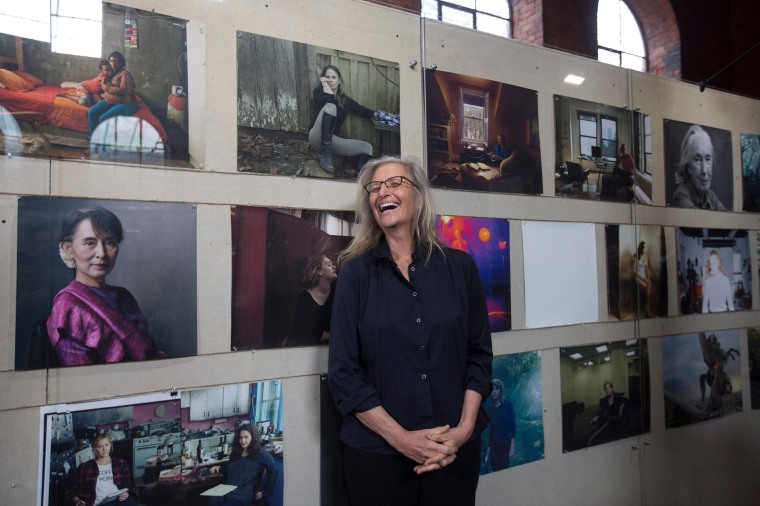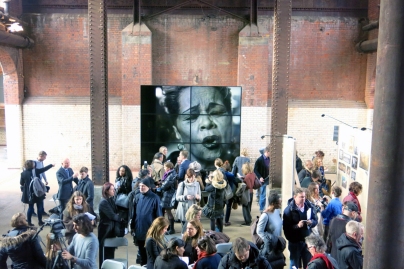Today, I made the journey to the east of London and Wapping; to see the latest in a series of portraits by the award-winning photographer Annie Leibovitz.
The setting for this exhibition was the Wapping Hydraulic Power Station, and is a follow-up to the series Women; which began in 1999 involving Leibovitz’s collaboration with writer and essayist Susan Sontag. The original work featured more than 100 portraits of women at the end of the Twentieth Century, from public figures to farmers, scientists and dancers – a collection of women, both known and unknown, but the keyword is real.
Now, 20 new portraits have been added to the collection; and will be shown in 10 cities over the next 12 months. They include Caitlyn Jenner, Taylor Swift, Adele, Aung Sun Suu Kyi, and ballerina Misty Copeland – perhaps, a reminder as to how the world has changed since the original Women in 1999.

I found the exhibition really fascinating, and realised I had took for granted the magnitude of work Leibovitz has accumulated over the span of her career. Not only portraiture, but also landscape and still-life photography. I left wanting to find out more about her life, her work as a photographer, and her inspirations.
I later discovered these were photographers Robert Frank, and Henri Cartier-Bresson. Leibovitz had originally studied painting at the San Francisco Art Institute, but it was their style of personal reportage – “taken in a graphic way” – that she wanted to emulate. Richard Avedon has also been cited, as being an important and powerful example in her life.
 The Feminist writer, journalist and activist Gloria Steinem who also features in the exhibition and as a collaborator; has cited Leibovitz’s “strength” in showing women not as objects, but as humans who each have a story. Of it she says, “Taking these photographs to 10 cities is going to make such a difference. It’s important to show women as full of humanity, and it’s especially important because at this moment in time, there’s a lot of violence towards women in the world.”
The Feminist writer, journalist and activist Gloria Steinem who also features in the exhibition and as a collaborator; has cited Leibovitz’s “strength” in showing women not as objects, but as humans who each have a story. Of it she says, “Taking these photographs to 10 cities is going to make such a difference. It’s important to show women as full of humanity, and it’s especially important because at this moment in time, there’s a lot of violence towards women in the world.”
Some might say Leibovitz is flaunting her accessibilty to the most celebrated, powerful and glamourous women of our time; or that this is a glorification of women to ad nauseum. However, it is hard not to notice the intimacy and frankness of the portraits. Maybe it is down to the parred down scenery – high ceilings, and industrial surroundings? Leibovitz’s portraits show vulnerability and simultaneously power, while still being human. She manages to catch the true nature of her subjects, and shows us this through her eyes.